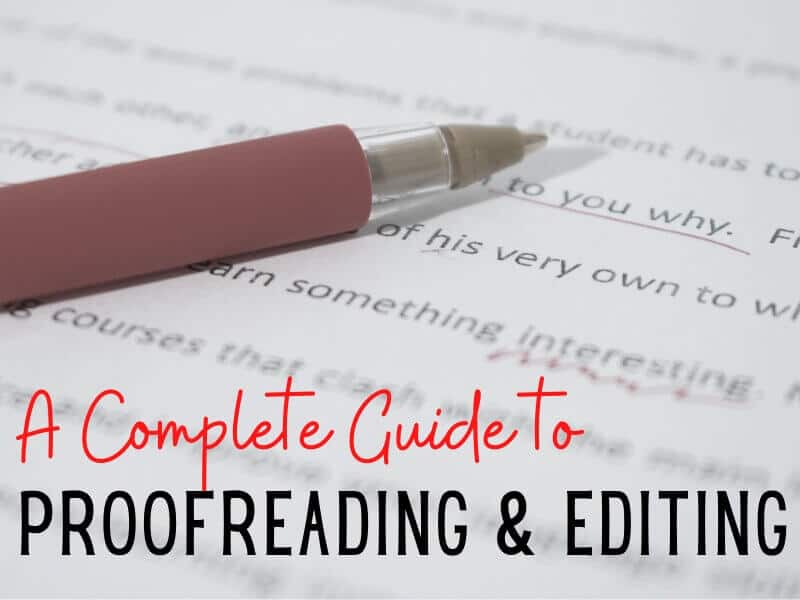Are you a writer who has finished your novel and is now ready to publish? If so, congratulations! However, before your book hits the shelves, it’s important to make sure that it is edited and proofread. Here are a few tips for making sure your book is in its best possible shape.
Proofread your book multiple times to catch all mistakes
No one is perfect, and that includes authors. It’s inevitable that, no matter how many times you proofread your book, you’ll still miss a few mistakes. However, by proofreading your book multiple times, you can catch the vast majority of mistakes and ensure that your book is as polished as possible. Here are a few tips for editing and proofreading your book:
1) Read through your manuscript several times, making notes of errors as you go.
2) Use a spellchecker to catch obvious spelling errors.
3) Have someone else read your manuscript and point out any mistakes they find.
4) Get feedback from beta readers or other professionals in the publishing industry.
Have someone else edit your book for grammar and syntax errors
No author is perfect, and that’s why proofreading and editing your book is so important. However, you don’t have to do it alone! Find someone else to help you with the grammar and syntax errors so that your book is ready for publication. This can be a friend, family member, or professional editor – just make sure you get their feedback before sending your book off to the publisher. By doing this, you’ll ensure that your masterpiece will be error-free!
Use a spellchecker to catch any spelling mistakes
No matter how carefully you write your book, there are likely to be some errors in spelling and grammar. Fortunately, there are tools available to help you catch these mistakes before they go to print. A spellchecker is a great way to eliminate most of the common errors in your text. However, it’s important to remember that a spellchecker cannot identify all mistakes, so it’s still important to proofread your work manually. By taking the time to edit and proofread your book properly, you can ensure that it looks polished and professional.
Make sure the layout of your book is consistent and easy to read
Editing and proofreading your book is extremely important, but it’s also important to make sure the layout of your book is consistent and easy to read. Here are a few tips to help you out:
- Make sure all of your text is aligned correctly. Aligning text to the left or right can be helpful for readers, and it makes your book look neater overall.
- Use consistent fonts throughout your book. Different fonts can be hard to read, especially if they’re used inconsistently.
- Use headers and/or footers to separate different sections of your book and make it easier for readers to navigate.
- Keep the margins on each side of the page consistent
Read your book out loud to check for awkward phrasing or confusing sentences
If you’re like most people, you probably think of proofreading as reading over a document to check for misspelled words and grammar mistakes. But if you want your book to be as polished and error-free as possible, you need to do more than just that. You need to read your book out loud. By doing so, you’ll catch awkward phrasing or confusing sentences that may not have been caught by a spellchecker. You’ll also get a better sense of the overall flow of your book. So before sending your manuscript off to be published, take the time to read it aloud and make any necessary changes. You’ll be glad you did!
Get feedback from friends and family members about how well the story flows
No story is perfect, and even the most well-edited book can still use a few rounds of proofreading. However, it’s important to get feedback from friends and family members about how well the story flows before sending it off to a professional editor. They may be able to help you identify areas that need more attention, and they can also give you feedback about the overall storyline. Plus, getting additional input will help ensure that your book is as polished as possible before publishing. So ask your loved ones for their honest feedback, and then make the necessary changes so your story shines.
Proofreading a book is an important step in the publishing process. A proofreader ensures that the text of the book is accurate and free from errors. There are many different tools that a proofreader can use to accomplish this task, including a word counter. A word counter can help to identify words and phrases that are repeated throughout the text. This information can be helpful in identifying areas where revision may be needed.

